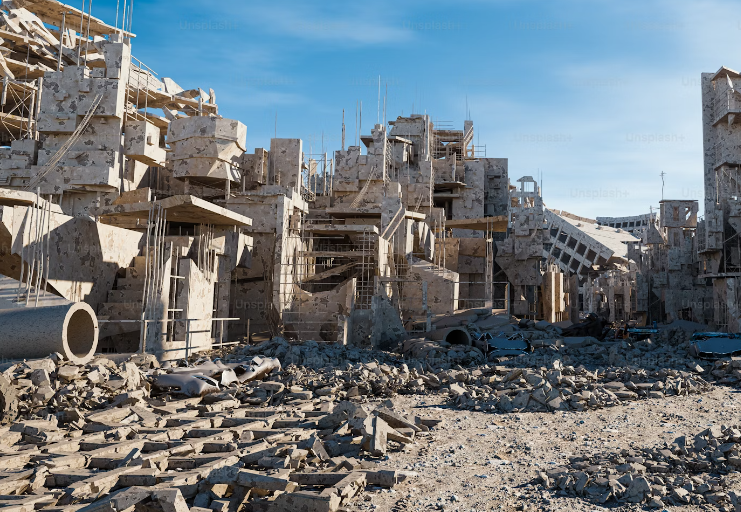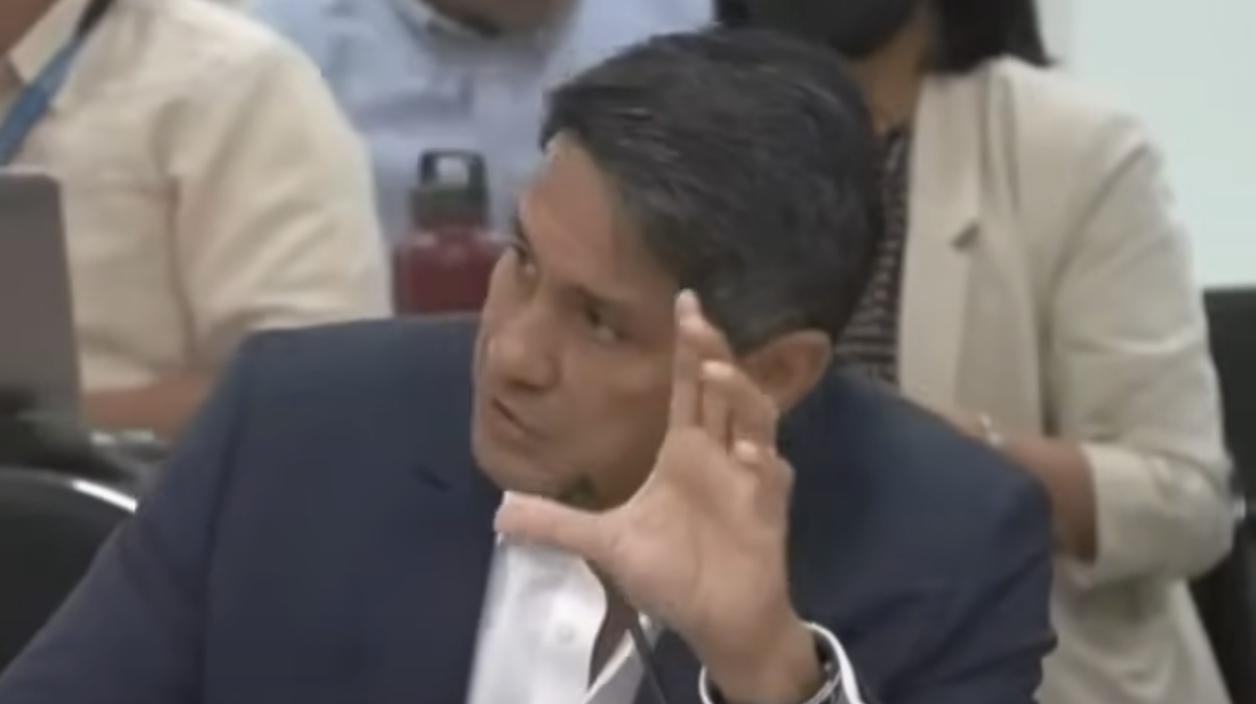Middle East Turmoil: Analyzing Rising Tensions and Implications for Global Relations
The Middle East has long been a region marked by geopolitical complexities and conflicts, but recent developments have escalated tensions to alarming levels. With ongoing strife between nations, shifts in alliances, and the resurgence of extremist groups, the landscape of foreign policy in the region is rapidly changing. This blog examines the current state of affairs in the Middle East, the key players involved, and the broader implications for global relations.
1. Current State of Tensions
Recent events have highlighted the fragile stability of the Middle East, with several factors contributing to rising tensions:
- Israeli-Palestinian Conflict: The long-standing conflict between Israel and Palestine remains a central issue, with violent clashes and military actions exacerbating the situation. Ongoing settlement expansions and heightened military presence in contested areas have led to renewed unrest, drawing international condemnation and calls for a ceasefire.
- Iran’s Nuclear Ambitions: Iran’s nuclear program continues to be a significant point of contention. Despite attempts at diplomatic negotiations, Iran’s advancements in nuclear technology have raised concerns among neighboring countries and the West. The prospect of a nuclear-armed Iran could destabilize the entire region, prompting fears of an arms race.
- Proxy Wars: The involvement of regional powers in proxy wars has further complicated the landscape. Countries such as Saudi Arabia and Iran support opposing factions in conflicts in Yemen, Syria, and Iraq, fueling sectarian divisions and prolonging instability.
- Terrorism and Extremism: The resurgence of extremist groups, such as ISIS and Al-Qaeda, continues to pose a significant threat to security in the region. These groups exploit political and economic instability to gain footholds and carry out attacks, creating a cycle of violence that is difficult to break.
2. Key Players and Their Interests
The dynamics of the Middle East involve a complex interplay of interests among various nations and non-state actors:
- United States: Historically a dominant player in Middle Eastern politics, the U.S. continues to navigate its relationships in the region, balancing support for Israel with engagement with Arab nations. Recent decisions, such as the withdrawal from Afghanistan, have led to questions about America’s commitment to Middle Eastern stability.
- Russia: Russia has increased its influence in the region, particularly through its involvement in Syria. By supporting the Assad regime, Russia has positioned itself as a key player in Middle Eastern geopolitics, often countering U.S. interests and alliances.
- China: As it expands its Belt and Road Initiative, China is increasingly investing in Middle Eastern infrastructure and energy projects. China’s growing presence in the region poses a new challenge to U.S. hegemony and could reshape economic relationships.
- Regional Powers: Countries like Saudi Arabia, Turkey, and Egypt play significant roles in shaping regional dynamics. Their interests often intersect, leading to both cooperation and competition in various conflicts, including those in Yemen and Libya.
3. Implications for Global Relations
The escalating tensions in the Middle East have far-reaching implications for global politics and security:
- Impact on Energy Markets: The Middle East is a vital source of global energy, and rising tensions can lead to fluctuations in oil prices. Instability in key oil-producing countries can disrupt supply chains and affect economies worldwide.
- Refugee Crises: Ongoing conflicts have led to significant refugee flows, placing strains on neighboring countries and Europe. The humanitarian impact of these crises can lead to political and social challenges in host nations.
- International Diplomatic Efforts: The complexity of Middle Eastern politics requires robust international diplomatic efforts. Organizations such as the United Nations and regional coalitions must work to mediate conflicts and promote dialogue to prevent further escalation.
4. The Path Forward
Addressing the rising tensions in the Middle East requires a multifaceted approach:
- Promoting Dialogue: Encouraging open dialogue among conflicting parties is essential for de-escalation. Diplomatic initiatives must prioritize communication and compromise to achieve lasting peace.
- Strengthening Regional Cooperation: Regional powers must work together to address common challenges, such as terrorism and economic instability. Collaborative efforts can foster trust and reduce tensions.
- Supporting Humanitarian Efforts: Addressing the humanitarian needs of those affected by conflict is critical. Providing aid and support to refugees and displaced individuals can alleviate suffering and promote stability.
Conclusion: A Region at a Crossroads
The rising tensions in the Middle East represent a critical juncture in global politics. As key players navigate their interests and respond to evolving dynamics, the potential for conflict remains high.
A comprehensive understanding of the challenges and a commitment to collaborative solutions will be essential in addressing the complex landscape of the Middle East. The international community must remain engaged, prioritizing dialogue, diplomacy, and humanitarian efforts to promote a more stable and peaceful future for the region. As we move forward, the choices made today will have profound implications for generations to come.





